What would you say to a world where climate events are not the leading topic of conversation? Impossible, you think? Perhaps. But if more businesses understood the role they could should be playing in making the world a better, safer place to live, and if they commit to taking (real) action, that conversation just might start to shift.
Hear me out: individual steps can be a great force in this fast-growing battle, things like recycling, composting, taking shared public transit, buying local, zero waste shopping and NOT watering the driveway! But in all seriousness, it simply won’t be possible to achieve the famous 2050 carbon neutrality deadline without not just governments, but businesses and organizations from across all sectors seriously applying themselves to the task at hand.
What’s a better world?
A better world is cleaner air, accessible drinking water for all and foods that don’t just contain fewer endocrine disruptors*, but none at all. A better world means more equality, inclusion and peace, better access to education, a higher universal standard of living, and less poverty. If you think I’m dreaming, make your way over to this 17 Goals to Transform Our World page.
What does all that have to do with commerce?
Here’s the connection with businesses: it’s a bygone era to think and act solely in terms of profit margins, especially when we put human survival at the heart of the matter. And it’s not just me saying it: consumers, investors, partners and employees have never been so numerous or loud in their growing demands for accountability. And that’s where ESG comes into the picture.
So, what even is ESG, anyway?
ESG is a framework that measures a company’s non-financial performance metrics according to three pillars: environmental (E), social (S) and governance (G).
E: reducing environmental footprint
It’s no surprise that environmental impact is an essential component of ESG. It’s measured according to multiple factors, from reducing greenhouse gas emissions to being more energy efficient. Businesses can reduce their carbon footprint by optimizing their production processes to reduce emissions at the source, and they can also opt for technologies that are less energy hungry. When it comes to pollution, the ultimate goal is to minimize the production of new waste as much as possible, prioritizing waste management, recycling and reusing materials. Conserving biodiversity is also a top priority, so companies can look to their water and soil management, toxic waste disposal, fertilizing materials, etc.
S: elevating equality and inclusion
For the social aspect, ESG measures the way a company treats not only its employees, but also its clients, the surrounding community in which it does business, and society as a whole. Equality, diversity and inclusion, as well as the health, safety and wellbeing of all employees and workers, are at the heart of social engagement, and this applies to every person at every step of a company’s value chain.
G: prioritizing ethical and transparent management
Finally, governance speaks to the way a company is managed and run. Transparency is essential, as well as an ethical code that eliminates conflicts of interest and ensures integrity in the financial strategies and practices for all transactions. Promoting diversity in the chain of command and [mf1] board of directors is important, as it allows for a wide range of perspectives and experiences to inform decisions.
Employees, consumers and investors: a winning approach!
Adopting ESG practices offers a number of advantages for a company. For one, it promotes recruiting and retention appeal for new talent. It’s a fact that more and more young people are seeking jobs that align with their values and sense of the world. Working for a company that is engaged in making the world a better place is a surefire way to increase both motivation and satisfaction.
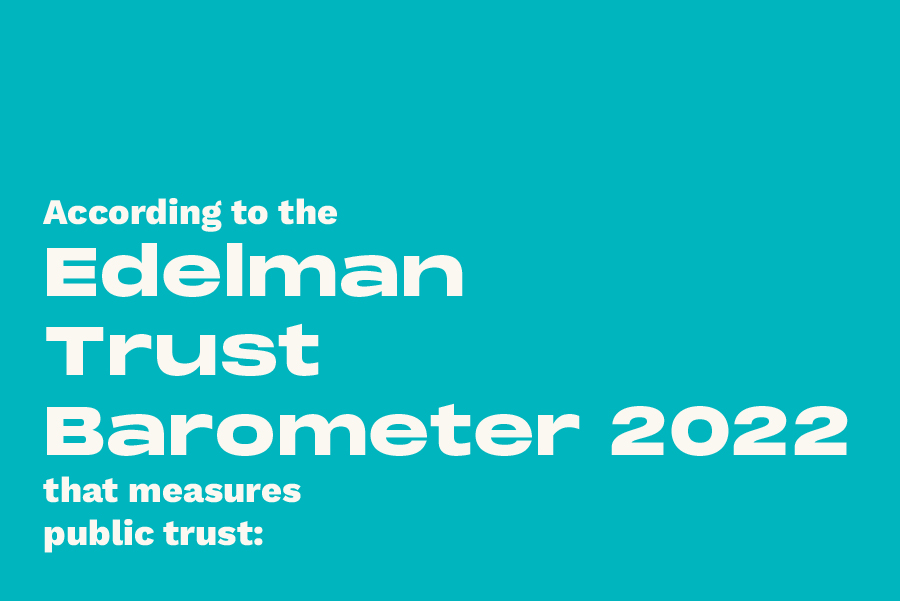
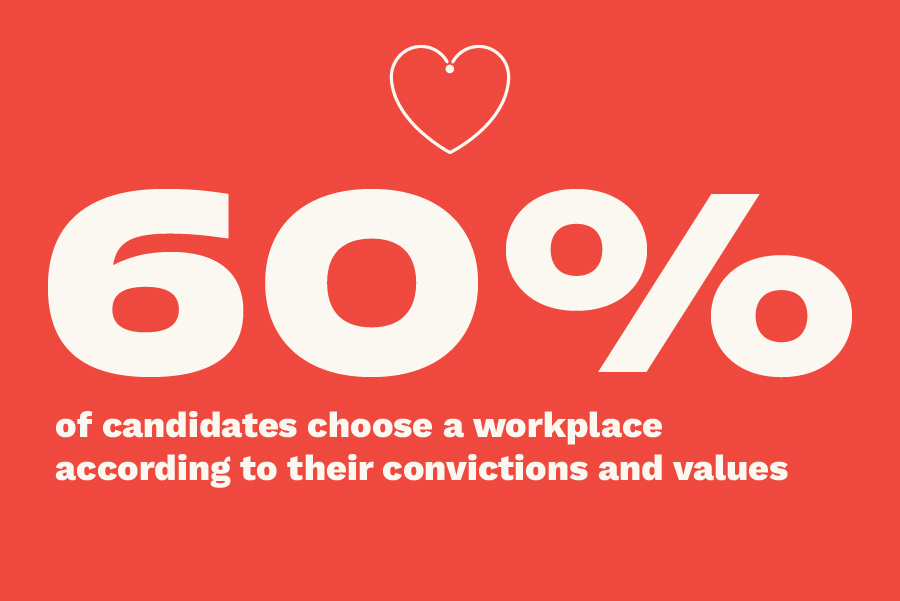
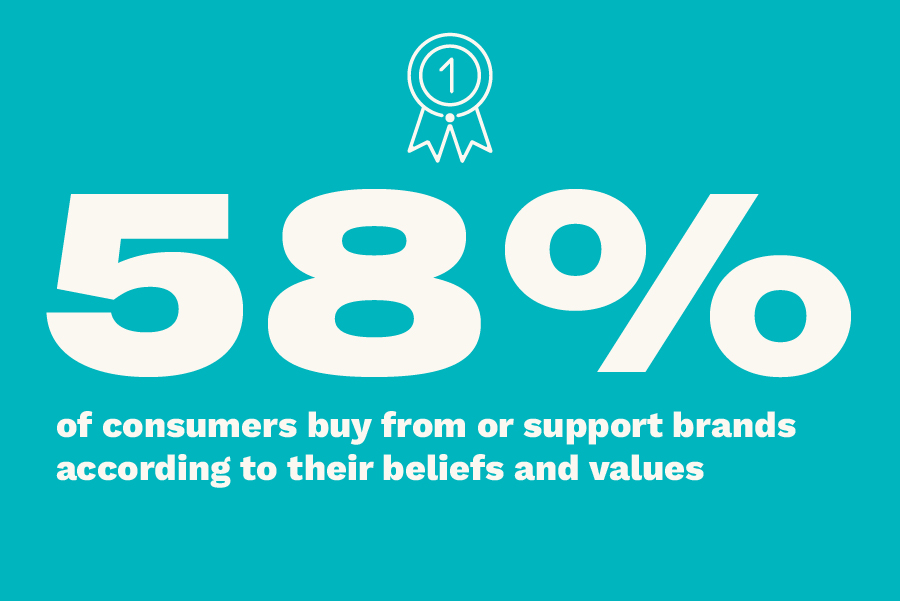
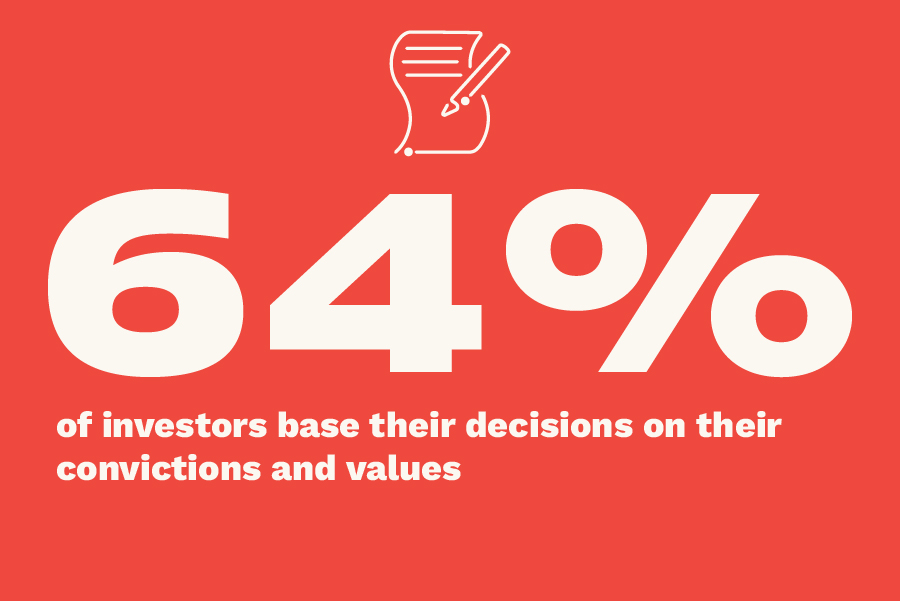
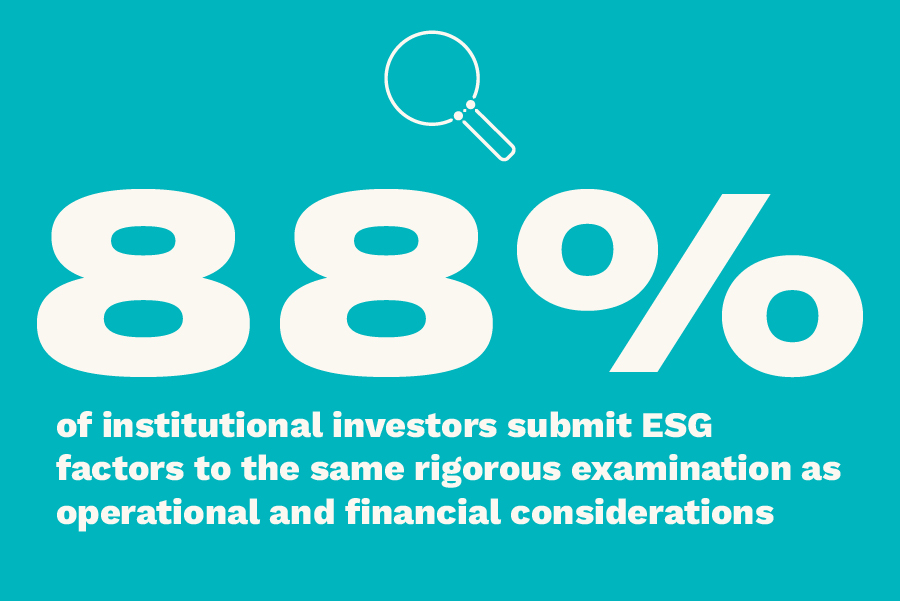
What’s more, consumers are increasingly well-informed and aware of environmental and social issues. They have a growing tendency to choose responsible businesses, which is actually great news, because a well-executed ESG policy (see you later, greenwashing**) empowers a business to build a solid relationship with a consumer base that is more and more inclined to support companies engaged in sustainable and ethical practices.
Finally, access to financing is another major ESG advantage. As investors become more aware of the risks related to environmental and social issues, they are looking for businesses that are getting out ahead and managing these risks proactively. A solid ESG strategy is a clear indicator of responsible management and a strong long-term vision, both attributes that make a business not only more attractive to investors, but more resilient in the face of future challenges. It also makes it easier for a company to respond to the needs of other businesses undergoing their own ESG development, as they might ask (if they haven’t already) for records and documentation from their partners and suppliers. And if that isn’t all enough reason, a strong ESG program now means being ahead of the curve on the eventual mandatory government regulations that are sure to be implemented in the coming years.
How does this come together more concretely? Let’s look at the Bôfruits case.
Bôfruits is a fictional company. Founded over 60 years ago, Bôfruits is a fruit producer that grows, packages and distributes berries. Since its launch, the company has evolved enormously, even investing in modernizing its facilities to make them more energy efficient and productive. To keep up with their growth over the last eight years, the company hires 12 international workers to lend a hand during the summer season. Here are a few examples of ways Bôfruits could improve their ESG profile:
For the environmental aspect, the first thing to determine is the amount of greenhouse gas emissions the company produces. By establishing such a report, Bôfruits would be able to set ambitious-yet-achievable goals. By learning more about their most energy-intensive uses, they can make the necessary changes (like adopting different energy sources or optimizing their production practices.) And Bôfruits should pay particular attention to their water and soil management. To reduce their ecological footprint, the company should use organic fertilizer and limit the use of chemical products.
For the social aspect, Bôfruits can commit to offering training programs to its employees, providing them with professional development opportunities to help ensure their employment security. The company can also take care to consider the needs of their international workers, providing decent housing and living conditions. And to promote and maintain a harmonious, inclusive work environment, Bôfruits should seek to facilitate the cultural integration of its workers, such as offering language courses and organizing cultural outings.
Lastly, on the governance front, Bôfruits should adopt transparent practices, openly sharing their ESG goals and results with all parties. By promoting rigorous ethical practices, the company can inspire trust and confidence in their customers, partners and investors.
The actions listed above are just examples. During an actual ESG evaluation, the entire value chain and complete product lifecycle need to be considered and analyzed before settling on the right action plan, one that aligns with the identified goals and values.
A strategic advantage for SMEs
Small and medium businesses can sometimes feel overwhelmed (with good reason!) by all the complexity of an ESG process.
ESG isn’t a trend. It’s a serious endeavor that touches on every aspect of an organization, demanding time, energy and resources, both human and financial. The first step is to undertake an ESG diagnostic that will help define the organization’s priorities and values.
Today’s companies, big or small, have a crucial role to play in sustainable development. The steps you can take to stop watering your driveway — a gamechanging decision! — are numerous and available across every part of your value chain. The right partner to kick off your diagnostic and provide you with a concrete plan can make all the difference. Interested? Us, too! Reach out to find out how we can help you start (and keep!) making the right moves.
Interested? Us, too! Reach out to find out how we can help you start (and keep!) making the right moves.
* Endocrine disruptors: chemicals or substances in the environment that interfere with our hormonal systems. They can be found in many of our daily products and food sources: food additives, pesticides, cleaning products, detergents, cosmetics, etc. (free translation of the definition found here)
** Environmental whitewashing or ‘greenwashing’: the public relations steps taken by an organization or business to hide its pollution practices and present instead an ecoresponsible image. (free translation of the definition found here)
Web ecodesign: Atypic’s commitment to a more sustainable internet
Stacy Cavery, June 11, 2024
Blog posts
Ecobranding: the art of being green while showing your true brand colours
Raphaël Desmaison, June 11, 2024
Blog posts


